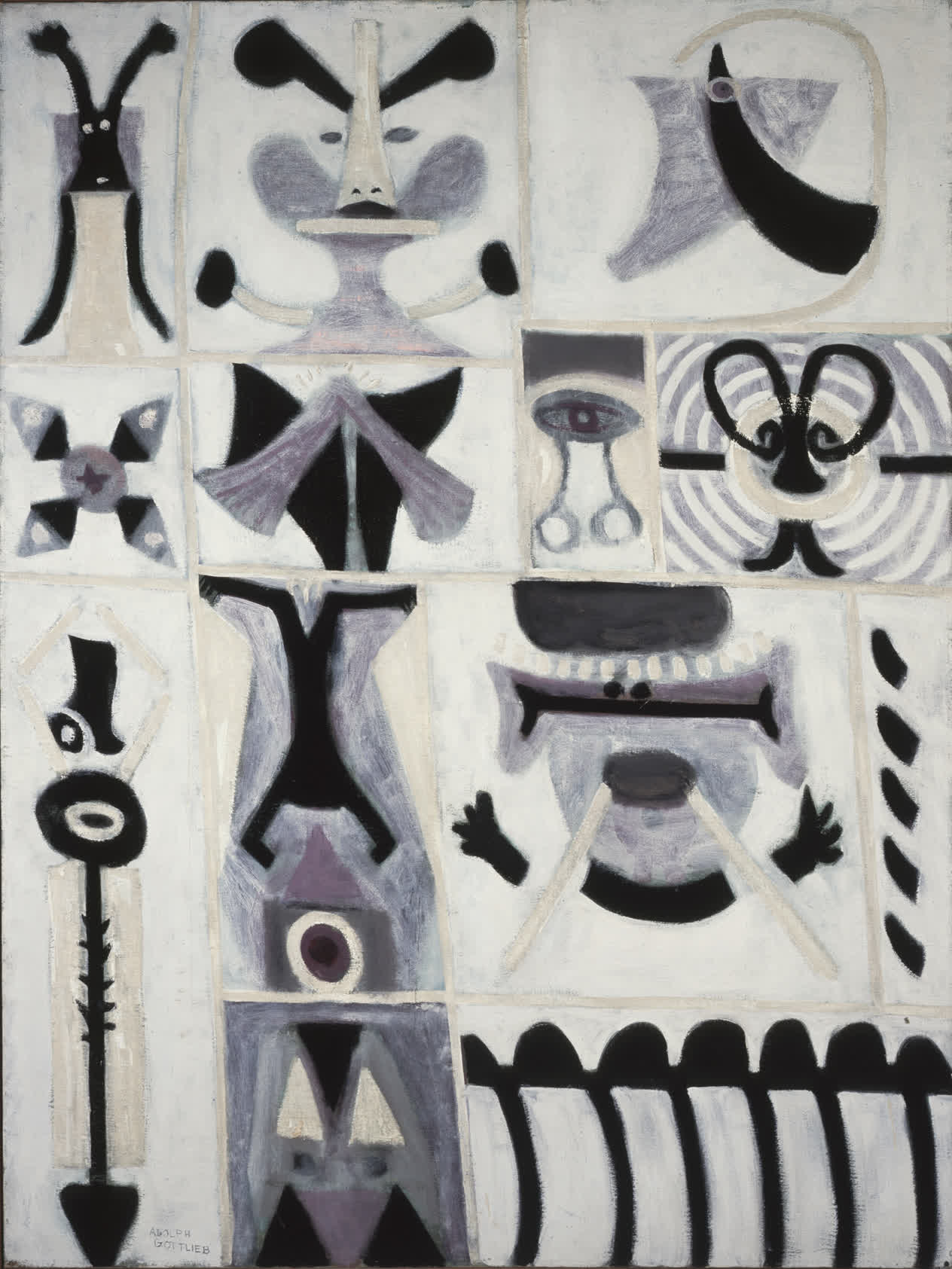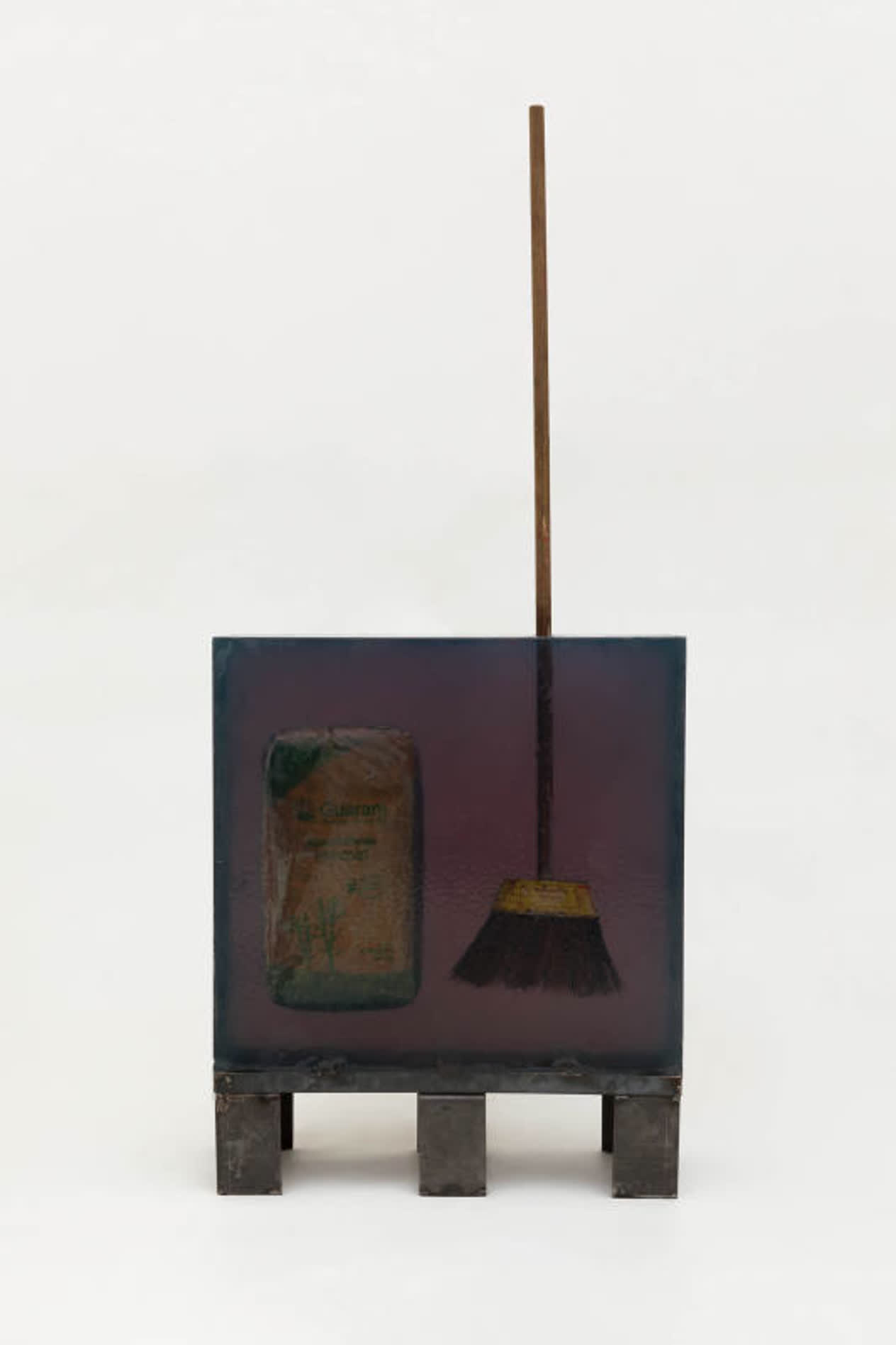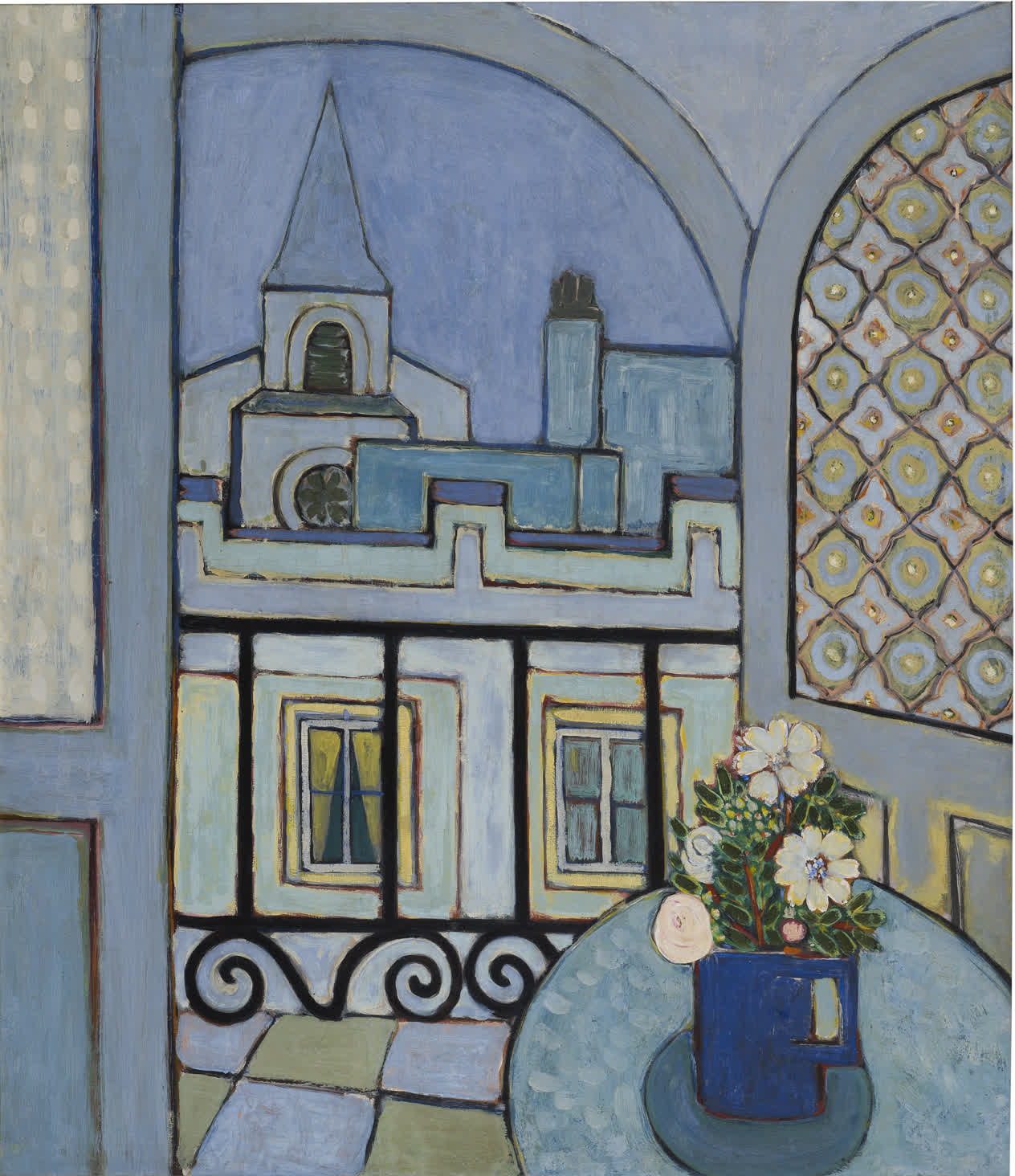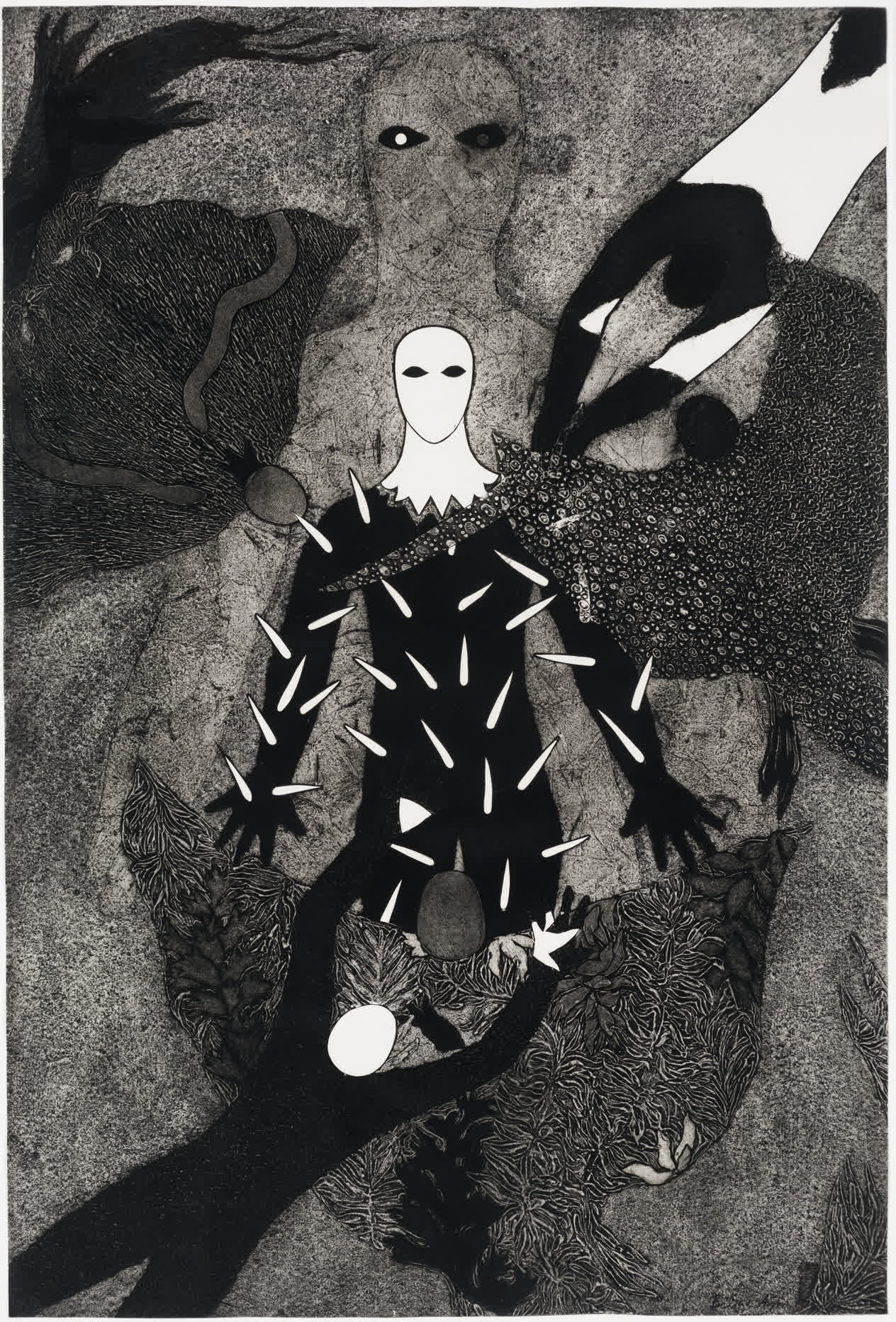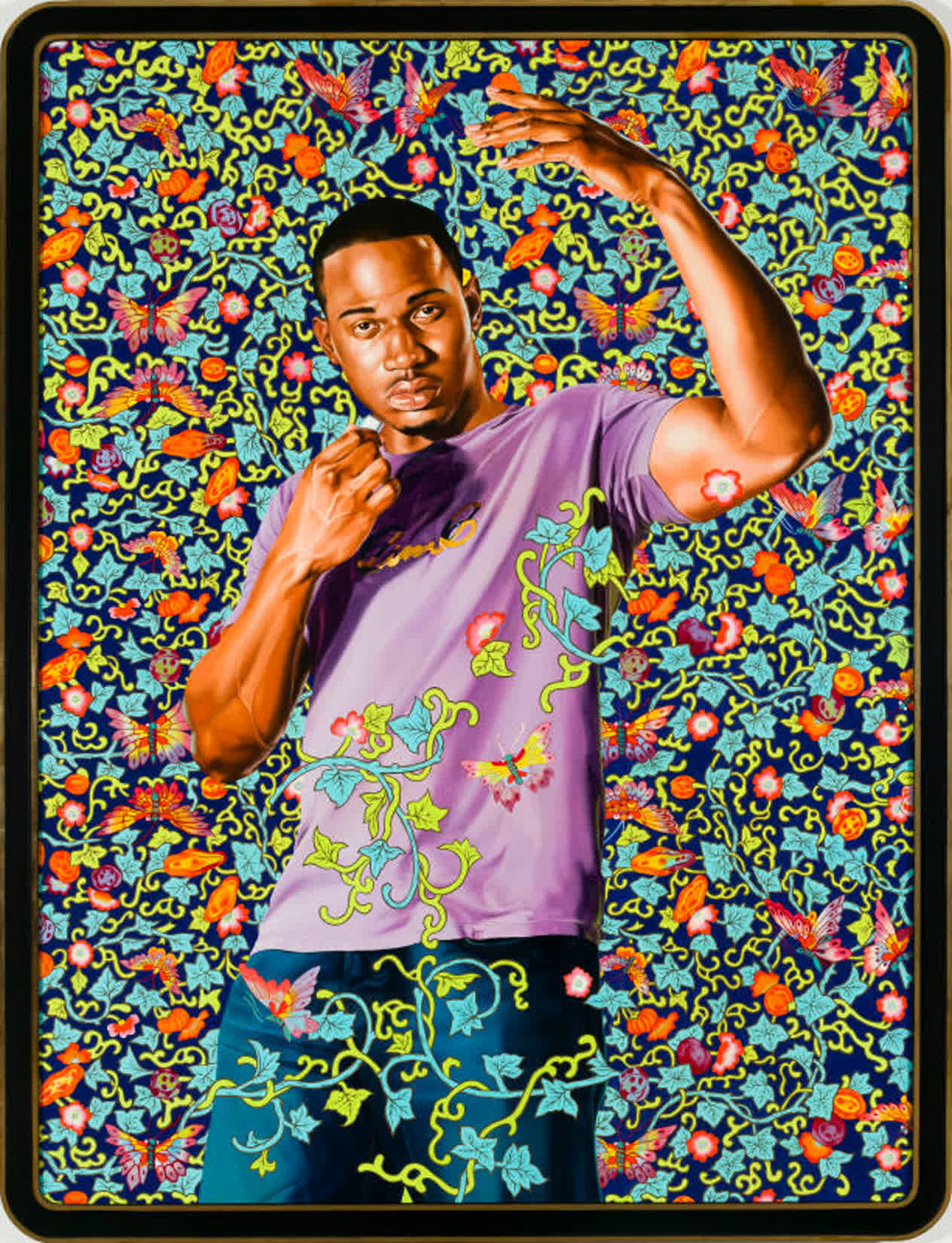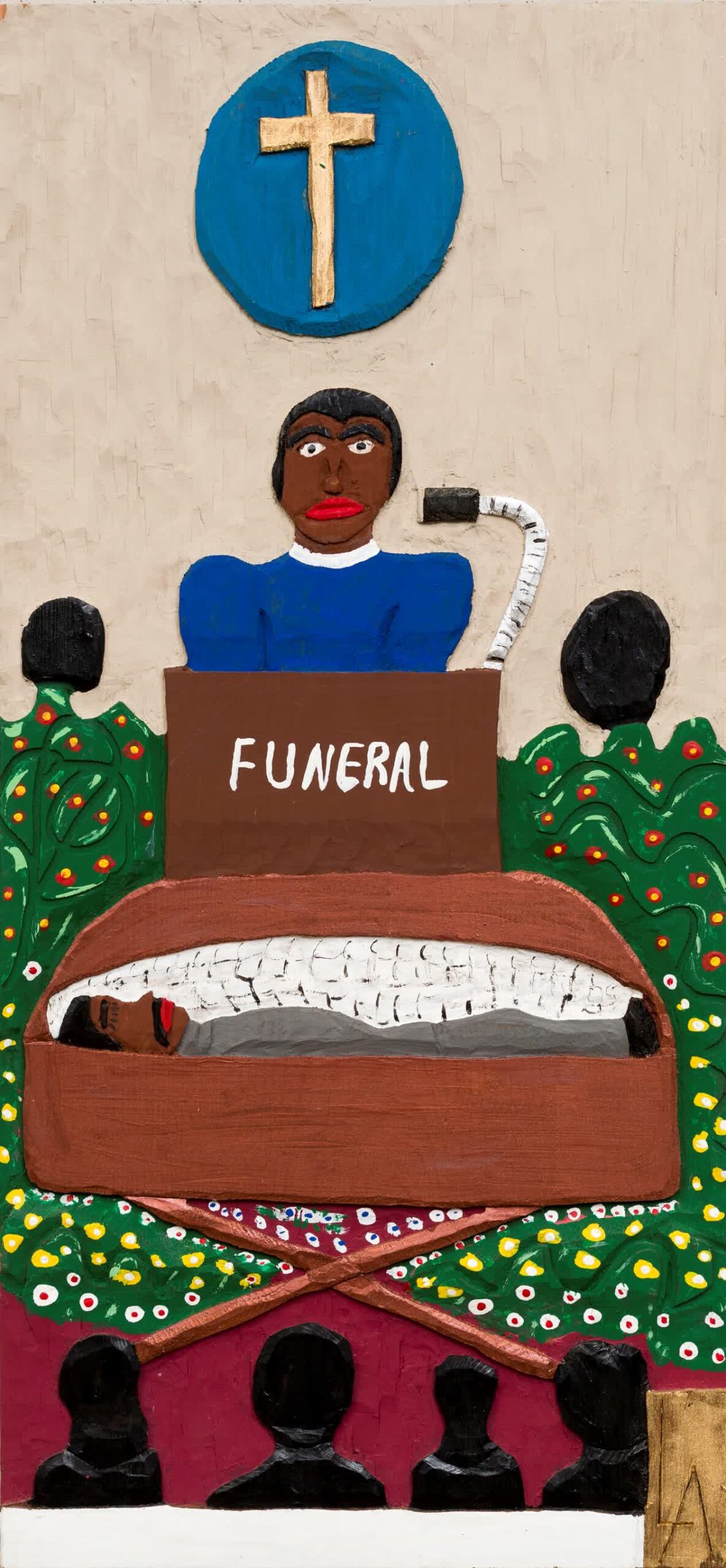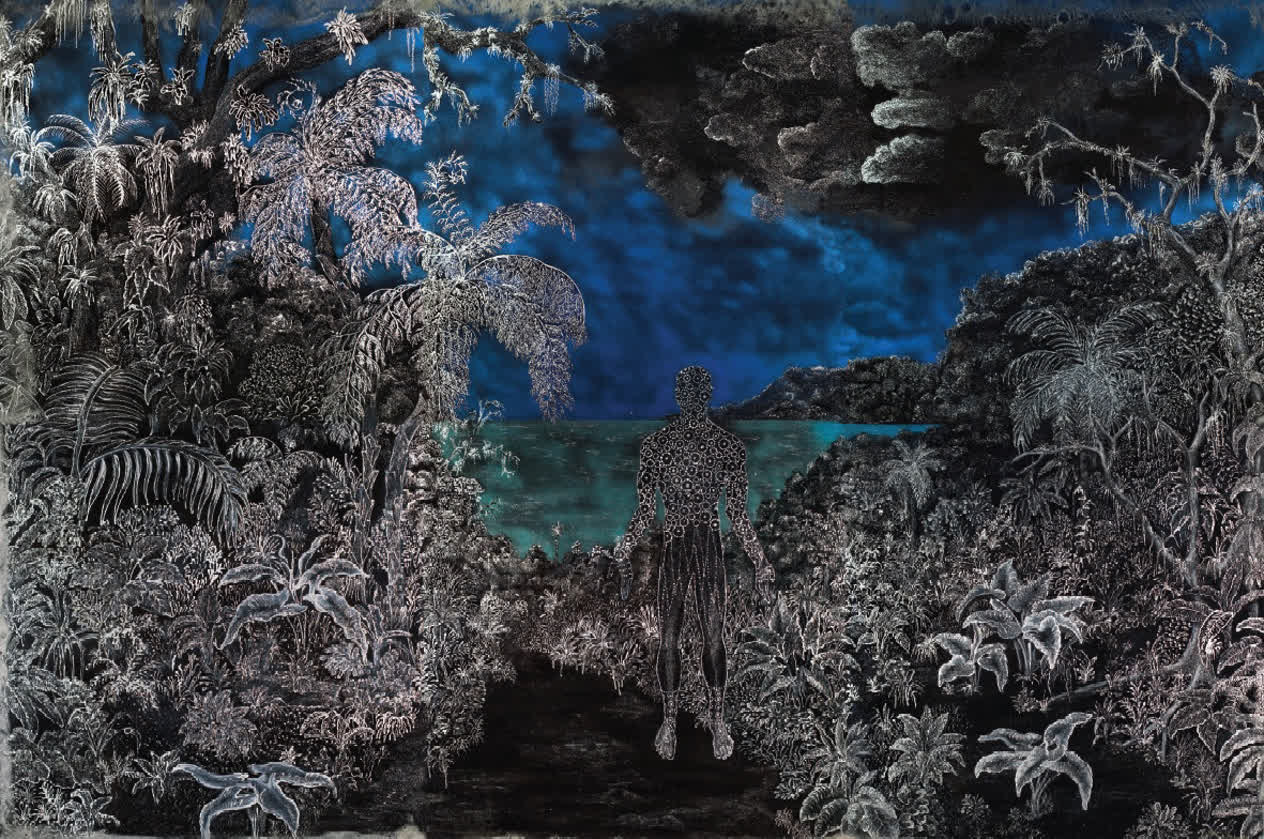Arthur Jafa Love Is The Message, The Message Is Death 2016
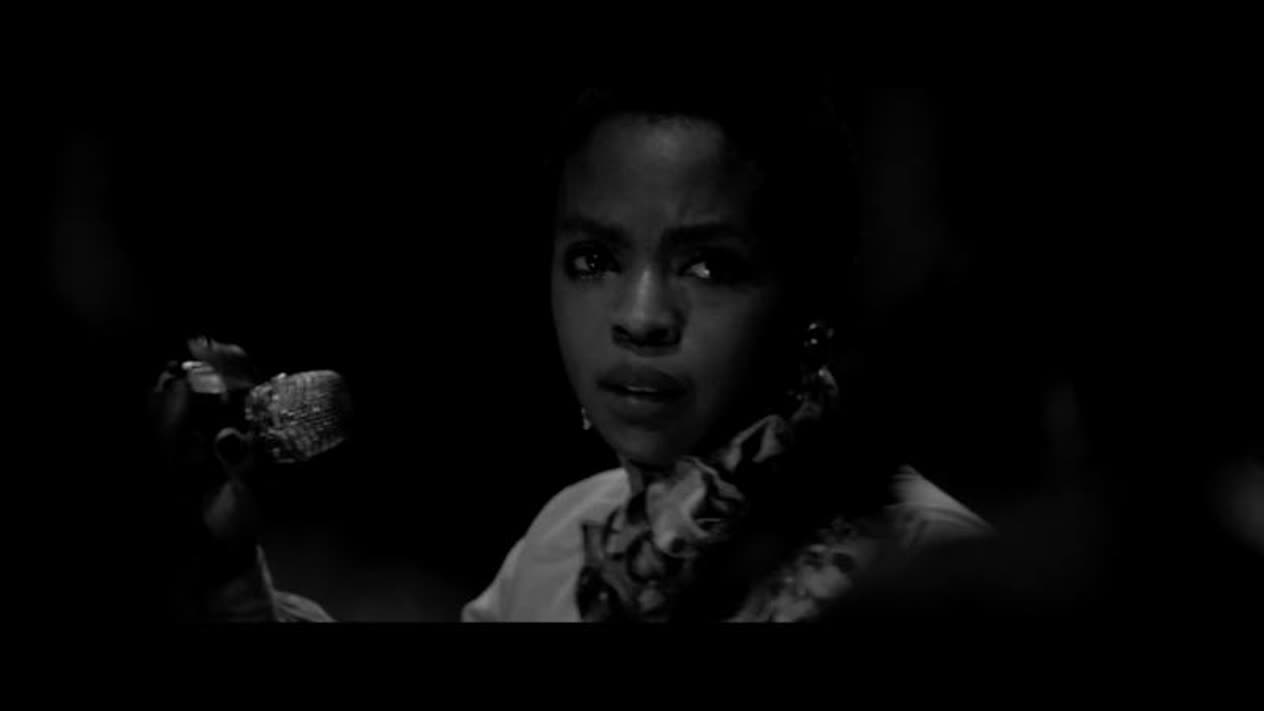
© Arthur Jafa. Courtesy the artist and Gladstone Gallery, New York and Brussels

Arthur Jafa has stated that his primary aim is to “replicate the power, beauty, and alienation of black music” in the context of visual art. In Love is the Message, the Message is Death, he enacts this nuanced transposition from sound to image by means of meticulous editing, riffing on the complex syncopation that characterizes many African American musical legacies through the work’s intricate pacing and rhythm. Jafa’s reliance on preexisting footage drawn from disparate sources—including Hollywood films, cable news, documentary archives, and viral YouTube videos—also correlates with the layering and sampling that distinguishes various lineages of African American music, from jazz to hip-hop. Jafa set the video to the soaring, gospel-inspired 2016 song “Ultralight Beam” by Kanye West, the lyrics of which redouble the sense of hope, suffering, transcendence, and totality that envelops the entire project. West’s voice is heard, insisting: “Deliver us serenity, deliver us peace, deliver us loving. . . . This is a God dream, this is everything, everything.” Addressing the work, the esteemed writer, musician, and producer Greg Tate, a close friend of the artist, writes: “There is at work here a poetic convergence of sublimated rage, lyrical image-making, ethnic Pop-ism, scar-tissued ‘flesh memories,’ and horrifically zeitgeist-citizen reporting—a retelling (per [James] Baldwin’s mandate) of the myriad ways black lives are victimized by state-sanctioned terrorism and yet somehow continue to resist with style, joy, sex, smarts, footwork, and snark.” Profoundly moving from beginning to end, Love is the Message, the Message is Death stands out among recent artistic productions as a contemporary masterpiece.
Identification
Title
Love Is The Message, The Message Is Death
Production Date
2016
Object Number
2017.218
Credit Line
Collection Pérez Art Museum Miami, museum purchase with funds provided by PAMM’s Collectors Council
Copyright
© Arthur Jafa. Courtesy the artist and Gladstone Gallery, New York and Brussels
https://www.pamm.org/en/artwork/2017.218
Copy artwork link
Physical Qualities
Medium
Single-channel digital video, color, with sound, 7 min., 25 sec.
Dimensions
Visual Description
Love Is The Message, The Message Is Death, by Arthur Jafa is a digital video presented in color with sound. It runs seven minutes and twenty-five seconds long. The majority of the audio accompanying this video is made up of the song verses of “Ultralight Beam” by American rapper Kanye West, featuring Chance the Rapper, gospel singer Kelly Price, with some verses sung by Kirk Franklin and a ten-person gospel choir.
This short film is a montage, or video collage, of dozens if not hundreds short clips combined together into a larger artwork. Jafa combines a wide and diverse sampling of powerful imagery, all tied in some way to Black American culture. Each clip ranges in length from as short as three seconds to upwards of ten seconds, the average being around six seconds long. The clips are presented in rapid succession and in an unedited sequence, without any sort of transition between them. As one clip ends, the next one abruptly begins. Most of the videos play over the Kanye West song “Ultralight Beam,” however, some videos interrupt the song and include their own audio tracks.
The wide range of content seen in the video clips is just as jarring as their rapid-fire presentation. Some of the many short snippets seen in Love Is The Message, the Message Is Death are viral videos of dance fads and memes from social media, black and white scenes from “Birth of a Nation” with white actors in Blackface and dressed as Klansmen, famous Black musicians and athletes in moments of professional triumph, and profoundly disturbing scenes of police brutality. Some of these famous people and personalities include Michael Jackson, Beyoncé, Nina Simone, Whitney Houston, Jimi Hendrix, Biggie Smalls, Louis Armstrong, Lebron James, Michael Jordan, and Muhammed Ali, among others.
There is also archival footage of civil rights leaders like Martin Luther King and Malcolm X, as well as scenes of protests and activism from the mid-twentieth century. There are short clips of aliens and skyscraper-sized monsters from popular science fiction movies, as well as scenes of burning dumpsters and shattered streetscapes that followed the race riots of the 1960s. Toward the second half of the video, Jafa splices in footage of the sun, earth’s closest star, seen through a telescope, with its licks and arcs of orange and red plasma expanding against the black empty of space.
The back and forth of these disparate Black cultural reference points, the profane and terrifying alongside the mundane and triumphant, creates an overwhelming visual and emotional experience.
At the thirty second mark, a Black man in a green shirt is seen running away from a police officer, who proceeds to shoot him from behind. This was the death of Walter Scott in 2015.
At approximately the three-minute mark, the musical background is replaced by the audio of a police dashboard camera. The video shows a black mother crying out for her children as her car is pulled over by police. She and her children, ages six and eight, walk out of their car with their hands up, terror seen on their faces.
At the four-minute mark, actress Amandla Stenberg stares directly into the camera and asks “What would America be like if we loved Black people as much as we love Black culture?”
At the four-minute-twenty-second mark, a white male police officer is seen forcing a black girl in a yellow bathing suit onto the ground. He grabs and twists her arm and with shoves her face into the lawn of a suburban home.
At the six-and-a-half-minute mark, a shirtless black toddler raises his hands as a man’s voice yells “that’s what the police do to you! Put your hands against the wall.” The small child turns to give his back to the camera and begins crying.
The last seen in the film is a black and white clip of James Brown performing. He ends in his signature dramatic style, bent over, singing loudly into a closely clutched microphone.






